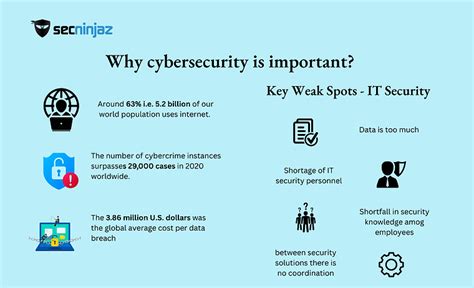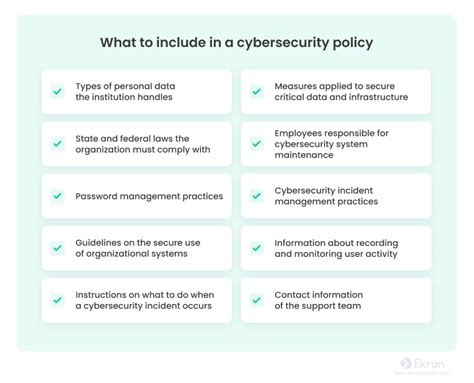In today’s digital age, safeguarding your intellectual property (IP) is crucial for maintaining your creative and business advantages. Intellectual property, encompassing copyrights, trademarks, patents, and trade secrets, represents the fruits of your innovation and hard work. However, threats such as infringement, counterfeiting, and unauthorized use pose significant risks to your IP. To effectively protect your creations, it’s essential to understand the legal mechanisms available, implement robust digital security measures, and educate stakeholders about IP rights. This article provides essential tips for preventing intellectual property theft, including strategies for legal protection
alijyun.com will explore this topic comprehensively.
1. Understanding Intellectual Property (IP): Define what constitutes IP, including copyrights, trademarks, patents, and trade secrets.
Intellectual property (IP) refers to creations of the mind that are legally protected from unauthorized use. It encompasses various categories, each serving to protect different types of innovations and creative works.
Copyrights safeguard original works of authorship, including literature, music, and art, granting creators exclusive rights to reproduce, distribute, and display their works. Trademarks protect symbols, names, and slogans used to identify and distinguish goods or services. This prevents others from using confusingly similar marks that could mislead consumers or dilute brand identity.
Patents are granted for new, useful inventions or discoveries, providing inventors exclusive rights to make, use, and sell their inventions for a specified period. This encourages innovation by ensuring that inventors can reap the benefits of their inventions without fear of immediate competition.
Trade secrets include confidential business information that provides a competitive edge, such as manufacturing processes or customer lists. Unlike patents, trade secrets are protected as long as they remain confidential and are not publicly disclosed.
Understanding these categories helps in identifying what aspects of your work can be protected and ensures that you take the necessary steps to defend your intellectual property against infringement and theft.

2. Identifying Risks: Discuss common threats to IP such as infringement, counterfeiting, and unauthorized use.
Identifying risks to intellectual property (IP) is crucial for effective protection. Common threats include infringement, counterfeiting, and unauthorized use.
Infringement occurs when someone uses your IP without permission, violating your exclusive rights. This can involve unauthorized copying, distribution, or performance of copyrighted works, or using a trademark that is confusingly similar to yours.
Counterfeiting involves the creation and distribution of imitation products that mimic your brand or patented inventions. Counterfeit goods can damage your reputation, erode consumer trust, and lead to significant financial losses.
Unauthorized use includes any exploitation of your IP that doesn’t align with the terms of your licensing agreements or permissions. This can range from unapproved use of proprietary designs to unauthorized access to confidential trade secrets.
Understanding these risks helps you to implement preventive measures, such as registering your IP, monitoring for violations, and taking legal action when necessary. Awareness and vigilance are key to maintaining the integrity and value of

3. Legal Protections: Explore legal mechanisms available for IP protection, including registration, licensing, and enforcement options.
Legal protections for intellectual property (IP) are vital for safeguarding your creations. Registration is a foundational step, providing formal recognition of your rights. For copyrights, trademarks, and patents, registration with the relevant authorities ensures legal protection and establishes a public record of your ownership. This process also enhances your ability to enforce your rights in case of disputes.
Licensing is another crucial mechanism. It allows you to grant permission for others to use your IP under specified conditions, generating revenue while retaining control over how your property is used. Licensing agreements should be carefully drafted to outline terms, restrictions, and compensation.
Enforcement options come into play when IP rights are violated. These include sending cease and desist letters to infringers, pursuing legal action through litigation, or seeking arbitration and mediation. Enforcement helps to address and remedy unauthorized use, ensuring that your IP remains protected and your rights upheld. Implementing these legal mechanisms effectively is essential for maintaining the value and exclusivity of your intellectual property.

4. Digital Security Measures: Outline best practices for securing digital assets, including encryption, DRM (Digital Rights Management), and cybersecurity protocols.
Securing digital assets is crucial for protecting intellectual property in the digital realm. Encryption is a fundamental practice, converting data into a secure format that can only be accessed with a decryption key. This ensures that sensitive information remains confidential and inaccessible to unauthorized parties.
Digital Rights Management (DRM) is another effective tool, controlling how digital content is used, distributed, and shared. DRM technologies help prevent unauthorized copying, sharing, or modification of digital works, thereby preserving the creator’s rights and revenue.
Implementing robust cybersecurity protocols further strengthens digital protection. This includes using firewalls, anti-virus software, and secure passwords to defend against unauthorized access and cyber threats. Regular software updates and vulnerability assessments are essential to address potential security weaknesses.
By integrating these digital security measures, you can safeguard your intellectual pro
5. Educating Stakeholders: Highlight the importance of educating employees, partners, and clients about IP rights and responsibilities.
Educating stakeholders about intellectual property (IP) rights and responsibilities is crucial for effective protection and management. Employees, partners, and clients must understand the significance of IP to prevent unintentional infringements and misuse.
For employees, training programs should cover the basics of IP, including what constitutes copyrights, trademarks, patents, and trade secrets. This helps ensure that they recognize and respect IP boundaries, avoid accidental violations, and adhere to internal policies on handling proprietary information.
Partners and collaborators also need clear guidelines on IP rights and responsibilities. This includes outlining IP ownership terms in contracts and agreements, specifying how IP will be used and protected during and after collaboration.
Clients should be informed about their rights and obligations concerning your IP, particularly in licensing agreements. Clear communication helps prevent misunderstandings and ensures compliance with IP terms.
By fostering a culture of awareness and respect for IP among all sta
6. Monitoring and Enforcement: Provide strategies for monitoring IP use, detecting violations, and taking action through cease and desist letters, litigation, or other legal means.
Monitoring and enforcing intellectual property (IP) rights are essential for maintaining the integrity of your assets. Regular monitoring involves actively tracking the use of your IP to detect any unauthorized activity. This can be achieved through various methods, such as employing automated tools that scan the internet for potential infringements, subscribing to monitoring services, or conducting periodic audits.
Detecting violations requires vigilance and a proactive approach. Look for signs of IP misuse, including counterfeit products, unauthorized distribution, or unlicensed use of your IP. When potential violations are identified, gather evidence to support your claims, such as documentation and records of infringement.
Taking action is the next crucial step. Start by sending cease and desist letters to the infringers, formally requesting that they stop their unauthorized activities and cease using your IP. If the issue persists, you may need to escalate to litigation. Legal action involves filing a lawsuit to seek remedies such as injunctions, damages, or compensation.
Other legal means include alternative dispute resolution methods like arbitration or me
Protecting your intellectual property (IP) is essential for safeguarding your creative and business assets. By understanding IP fundamentals, identifying common risks, and utilizing legal protections, you can fortify your defenses against infringement and misuse. Implementing robust digital security measures and educating stakeholders further strengthens your IP protection strategy. Regular monitoring and decisive enforcement actions are key to addressing violations and maintaining control over your assets. By following these essential tips, you can ensure that your intellectual property remains secure, valuable, and protected, allowing you to focus on inn
alijyun.com

